基于污泥沸石的合成材料配比及其处理水景污染实验研究
基于污泥沸石的合成材料配比及其处理水景污染实验研究摘要为了美化城市环境,以及人们对居住小区等公共场所的人文景观和自然环境越来越高的要求,现代社会中,采用借景和造景将形式各异的水景引进生活小区等公共场所的案例越来越多。创造亲水的自然环境的同时,水景污染问题也越来越严重,成为水污染亟待解决的重点问题之一。同时,城市污水处理中产生的大量污泥,若处理不当,排放后将会对环境造成严重的二次污染。为此,科学合理、安全可靠经济地处理处置污泥已作为一个急需解决的环境问题,越来越受到公众关注。本文在实际调研了上海市13区48座污水处理厂以及7家水环境重点监管企业污泥处理处置的情况下,以微波处理后城市污水厂污泥、天...
相关推荐
-
我国基层财政困难的制度成因分析与对策研究VIP免费
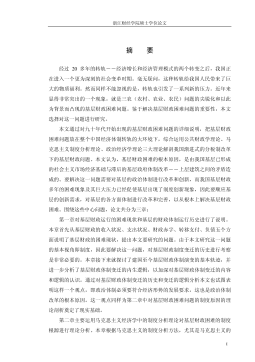
 2024-09-20 25
2024-09-20 25 -
我国煤电产业链纵向交易合约机制研究VIP免费
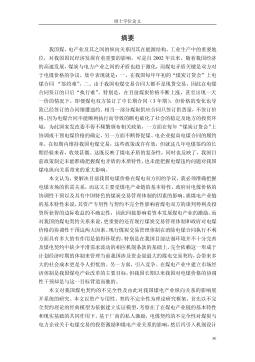
 2024-09-20 23
2024-09-20 23 -
生产要素视角下的上海市产业结构优化研究VIP免费
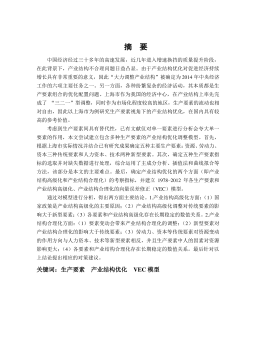
 2025-01-09 6
2025-01-09 6 -
我国银行业结构与经济结构关系研究VIP免费
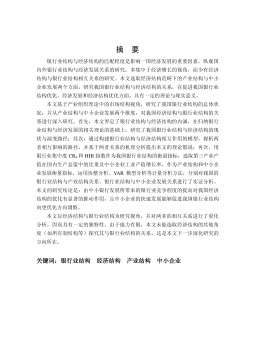
 2025-01-09 7
2025-01-09 7 -
大数据视角下农业供应链金融研究VIP免费
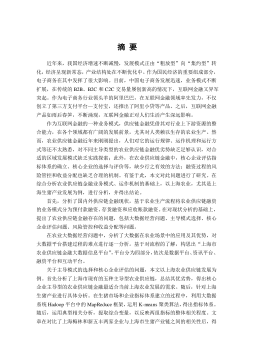
 2025-01-09 6
2025-01-09 6 -
跨国大型综合超市的规划研究VIP免费
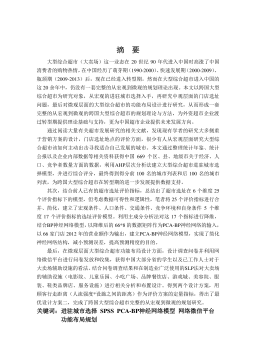
 2025-01-09 6
2025-01-09 6 -
跨境电商农产品质量安全问题研究VIP免费
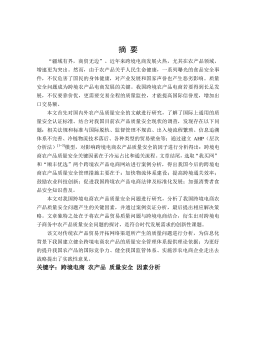
 2025-01-09 6
2025-01-09 6 -
世界市场的虚拟化与我国国际电子商务发展方向研究VIP免费
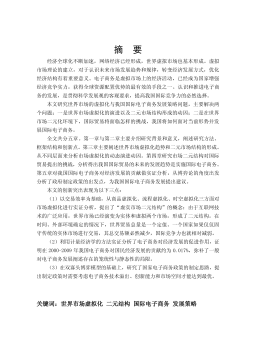
 2025-01-09 6
2025-01-09 6 -
中国政府对电力行业的价格规制问题研究VIP免费
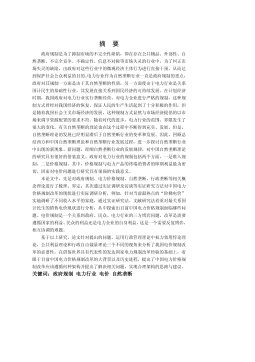
 2025-01-09 6
2025-01-09 6 -
中小企业信息化系统集成技术研究VIP免费

 2025-01-09 11
2025-01-09 11
相关内容
-

跨国大型综合超市的规划研究
分类:高等教育资料
时间:2025-01-09
标签:无
格式:PDF
价格:15 积分
-

跨境电商农产品质量安全问题研究
分类:高等教育资料
时间:2025-01-09
标签:无
格式:PDF
价格:15 积分
-

世界市场的虚拟化与我国国际电子商务发展方向研究
分类:高等教育资料
时间:2025-01-09
标签:无
格式:PDF
价格:15 积分
-

中国政府对电力行业的价格规制问题研究
分类:高等教育资料
时间:2025-01-09
标签:无
格式:PDF
价格:15 积分
-

中小企业信息化系统集成技术研究
分类:高等教育资料
时间:2025-01-09
标签:无
格式:PDF
价格:15 积分






